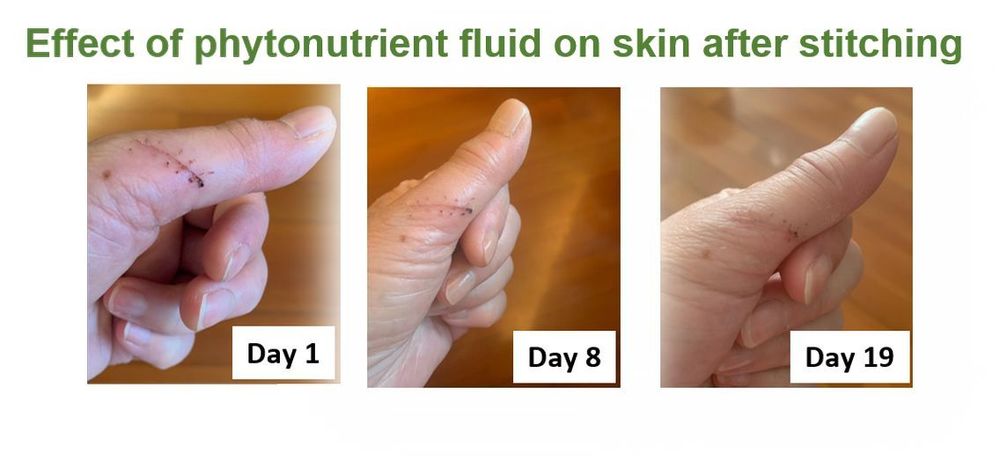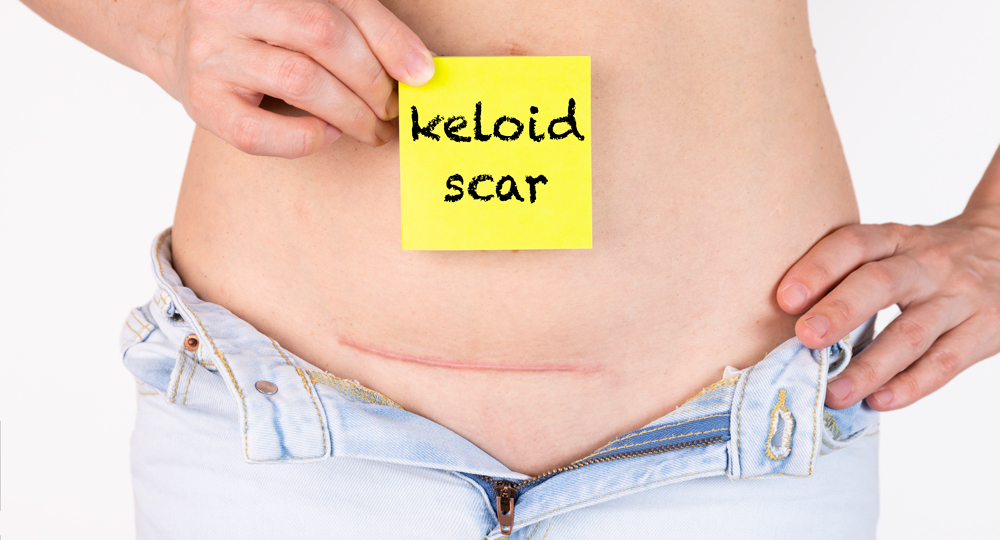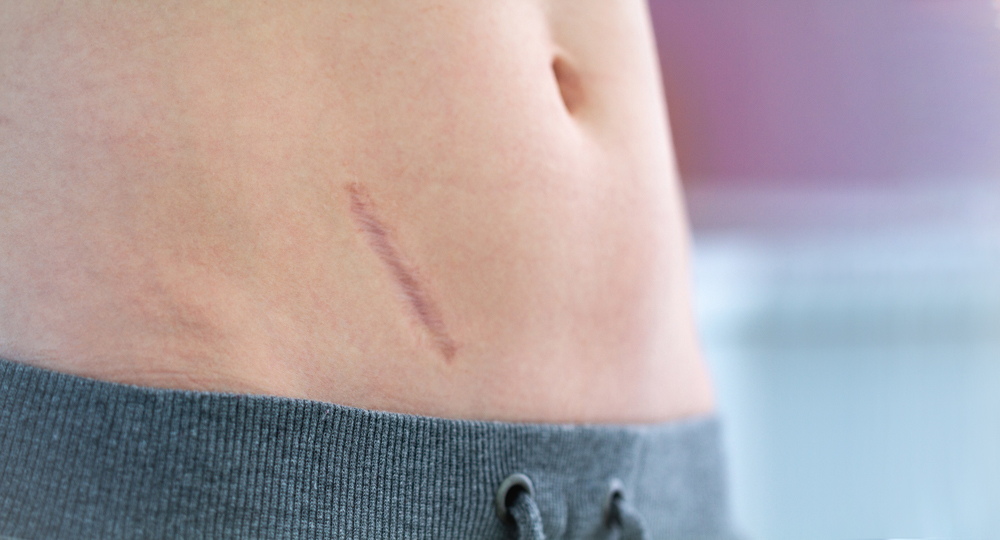Technologies
Discover, Connect & Collaborate at TECHINNOVATION 2021
Phytonutrient-based Remedial Fluids for Hypertrophic and Keloid Scars
Technology Overview
After a skin injury or surgery, a scar may form as the wound heals. In this body's repair mechanism, myofibroblast cells produce new collagens and they form an extracellular matrix (ECM) to repair a wound. Over time, most scars become flat and pale.
However, in some abnormal cases, the body produces excessive collagens. The excessive ECM formation and deposition of these scar tissues will result in raised scars such as hypertrophic scar and keloid scar. These raised scars may leave lifelong marks on the skin.
Although the raised scars are not dangerous or life-threatening, they create aesthetic concerns, restrict physical movements and may also lead to itching, tenderness, pain or even depression and anxiety.
The currently available scar removal products such as silicon patches and topical products may cause skin irritation which has led researchers to look for safer and more effective solutions.
The present technology is a series of phytonutrient-based remedial fluids, which can be used as a general topical agent or complemented with a nano sprayer for the management of raised scars. The product developed from this technology is a safe, non-invasive and convenient approach to suppress hypertrophic and keloid scars.
Technology Features, Specifications and Advantages
Hypertrophic and keloid scars are two different fibroproliferative disorders of the dermal tissue upon skin injury. The activation and local proliferation of myofibroblasts in the dermal layer is considered a prerequisite for excessive ECM formation, including the overproduction of collagens for filling up the wounds.
The phytonutrient-based remedial fluids consist of small-molecule flavanol glycosides extracted from ferns. Experiment results showed that these plant-based fluids could significantly suppress the activation and proliferation of skin myofibroblasts in patients with hypertrophic scars or keloids.
These small molecules could also largely reduce the deposition of ECM. As a result, the formation of raised scar can be prevented.
The prototypes of the phytonutrient-based remedial fluids have been developed and are currently undergoing product testing. They are designed to reduce raised scars and improve skin conditions. Over 50 volunteers with various types of scars and different skin conditions have tried the prototypes in the initial trial. Overall, positive feedbacks were received, including notable improvements of scar appearance, alleviation of itchy feeling and prevention of excessive scar tissues.
Potential Applications
This phytonutrient-based formulation can be used in scar treatment in the form of skincare products such as a general topical agent or nano-mist. They could help shrink, soften and flatten the raised scars, especially for hypertrophic scars and keloids.
Customer Benefit
Since many scar treatment gel sheets or creams contain silicone, this natural, non-toxic product provides another option for the people who are allergic to silicone. Customers can be benefited from the herbal products with its non-irritating, refreshing texture.


